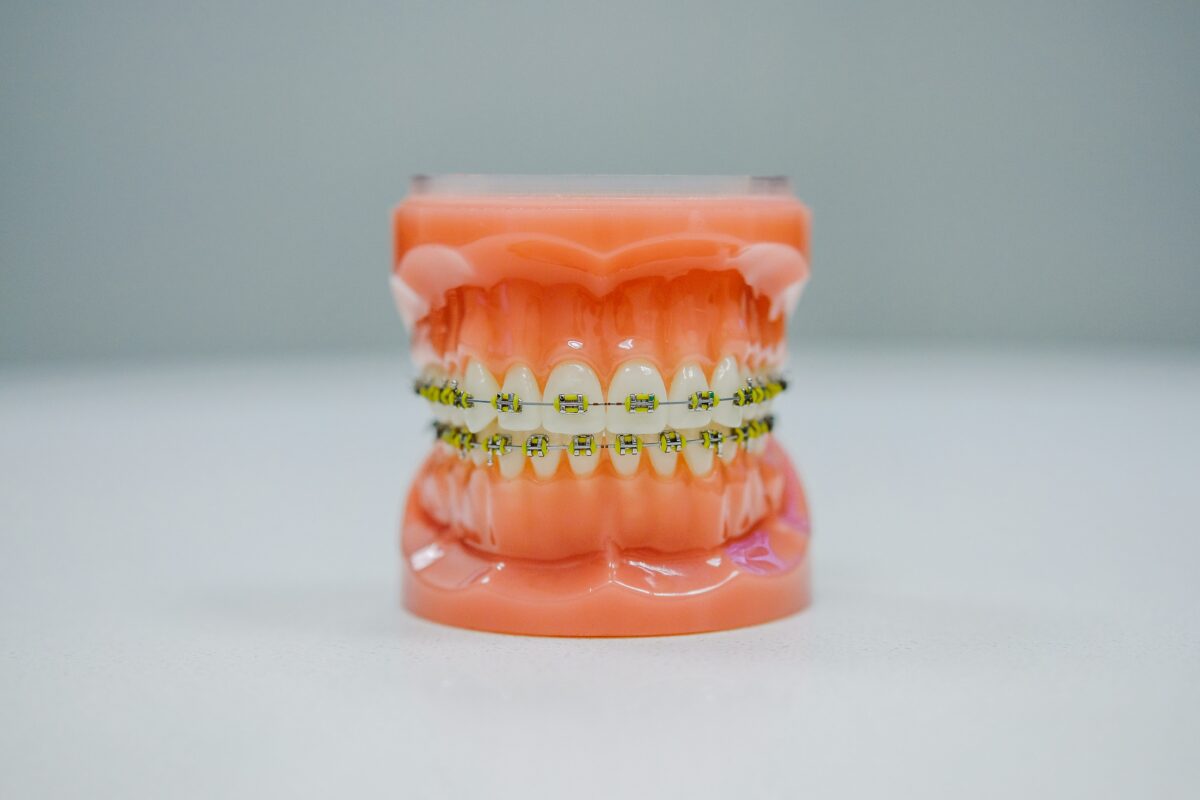Braces vs Aligners: Choosing the Right Orthodontic Treatment

When deciding between braces vs aligners for straightening your teeth, it’s essential to understand their differences and benefits. Both options offer effective solutions, but the best choice depends on your specific dental needs and lifestyle. Consulting with the best orthodontist in Singapore can provide personalized guidance to help you make an informed decision.
Braces: Traditional and Reliable

Braces have been a staple in orthodontics for decades, known for their reliability in correcting various dental issues. They consist of metal brackets bonded to the teeth, connected by wires and elastic bands. Here are some key aspects of braces:
Effective for Complex Cases
Braces are highly effective for correcting severe misalignments, overcrowded teeth, and bite issues such as overbites, underbites, and crossbites. They apply continuous pressure over time to move teeth into the desired positions, making them suitable for patients with more complex orthodontic needs.
Precise Control
Orthodontists have precise control over tooth movement with braces, allowing for detailed adjustments. Each bracket is individually adjusted, enabling fine-tuning of the treatment process. This level of control is particularly beneficial for achieving optimal alignment and bite correction.
Durability
Metal braces are durable and less prone to discoloration compared to other options. They are designed to withstand the forces exerted during chewing and speaking, making them a robust option for long-term treatment. Additionally, braces are fixed appliances, meaning they cannot be removed by the patient, ensuring consistent progress throughout the treatment.
Aligners: Discreet and Convenient

Aligners, such as Invisalign®, offer a more discreet and convenient alternative to braces. These clear, removable trays are custom-made using advanced 3D imaging technology to gradually move teeth into alignment. Here’s why aligners are favored by many:
Aesthetic Appeal
Clear aligners are virtually invisible, making them less noticeable compared to traditional braces. This aesthetic advantage is particularly appealing to adults and teens who are conscious of their appearance and prefer a more subtle orthodontic treatment option.
Removability
Aligners can be removed for eating, brushing, and special occasions, offering flexibility and ease of maintenance. This removability allows patients to maintain their usual dietary habits and oral hygiene routines without the restrictions that come with braces. However, it’s crucial for patients to wear aligners for the recommended 20-22 hours per day to achieve the desired results.
Comfort
Smooth plastic aligners are generally more comfortable than braces, with no wires or brackets to cause irritation. The custom-fit design ensures that aligners sit snugly over the teeth, minimizing discomfort and the risk of oral sores that can sometimes occur with braces.
Factors to Consider When Choosing Braces vs Aligners
When making your decision between braces vs aligners, consider these factors:
Treatment Complexity
Braces are typically more suitable for complex cases requiring significant tooth movement, while aligners are ideal for mild to moderate alignment issues. If your orthodontic problems are more severe, braces might provide the level of correction needed. For simpler cases, aligners can offer an effective and less intrusive solution.
Maintenance
Aligners require discipline to wear as directed and must be removed before eating or drinking anything except water. They need to be cleaned regularly to prevent discoloration and buildup of bacteria. Braces, being fixed, do not require removal but demand a strict oral hygiene regimen to avoid issues such as plaque buildup and tooth decay. Special cleaning tools like interdental brushes and water flossers can be helpful in maintaining oral hygiene with braces.
Cost and Insurance Coverage
The cost of treatment and insurance coverage can vary. Braces and aligners may have different price points depending on the complexity of the case, the duration of treatment, and the materials used. Discuss these aspects with the best orthodontist in Singapore to understand your options. Some insurance plans may cover part of the cost for braces or aligners, so it’s beneficial to explore financial options and payment plans.
Choosing the Orthodontist
Selecting the right orthodontist is crucial for successful treatment outcomes. Consider these factors when choosing the best orthodontist:
Experience and Expertise
Look for a specialist with extensive experience in orthodontics and a reputation for delivering excellent results. An experienced orthodontist will be adept at handling a variety of cases and will be able to provide a tailored treatment plan that addresses your specific needs.
Technology and Treatment Options
Inquire about the orthodontic technologies and treatment options offered, ensuring they align with your preferences and needs. Modern orthodontic practices may use advanced imaging and treatment planning technologies that can enhance the precision and effectiveness of your treatment.
Patient Reviews and Recommendations
Read reviews and seek recommendations from trusted sources to gauge patient satisfaction and treatment experience. Personal testimonials can provide valuable insights into the quality of care and the results you can expect from a particular orthodontist.
Braces vs Aligners: Conclusion
Whether you opt for braces or aligners, both options can achieve remarkable results in straightening your teeth and improving your smile. By considering factors such as treatment goals, lifestyle, and budget, you can make an informed decision and embark on your journey to a confident, straighter smile. Consulting with the best orthodontist in Singapore ensures you receive expert advice tailored to your unique dental needs, setting you on the path to optimal oral health and a beautiful smile.
Both braces and aligners have their advantages and are designed to cater to different orthodontic needs. Understanding the benefits and limitations of each can help you choose the right treatment for your specific situation. With the right orthodontic care, you can achieve a healthier, more aligned smile that boosts your confidence and overall well-being.
4o











